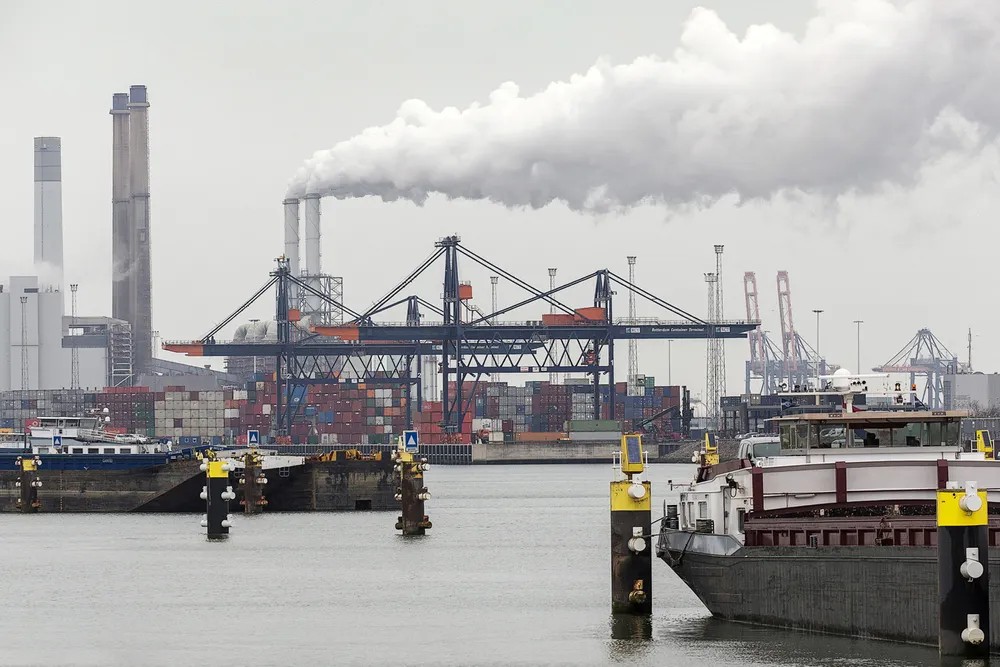Australia's southernmost state looks to ship green hydrogen to Europe
Memorandum of understanding signed between Tasmanian government and the Port of Rotterdam to explore the feasibility of sending green hydrogen to the Netherlands

Memorandum of understanding signed between Tasmanian government and the Port of Rotterdam to explore the feasibility of sending green hydrogen to the Netherlands
